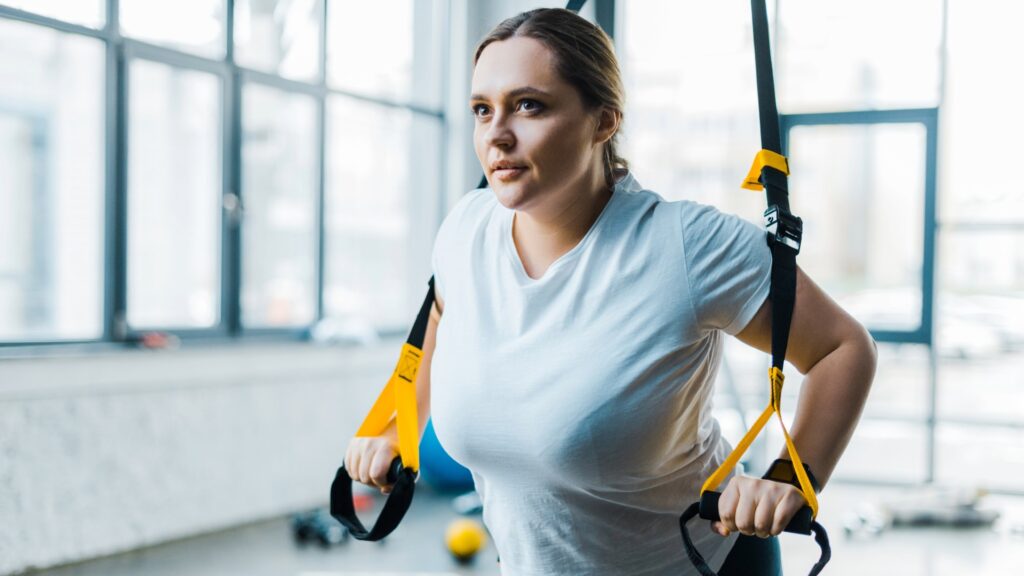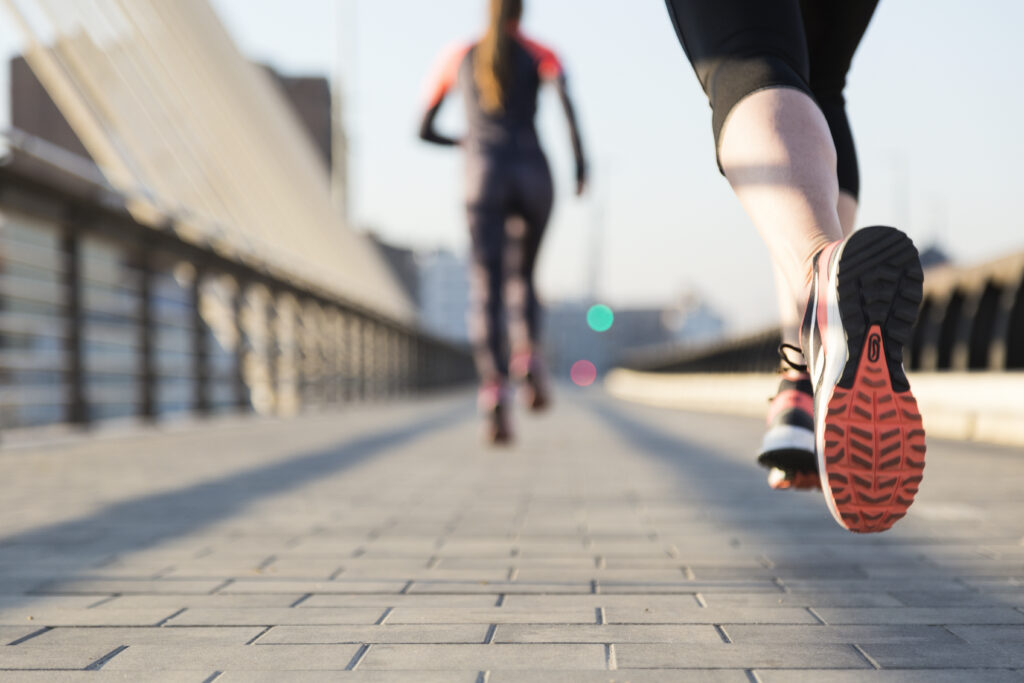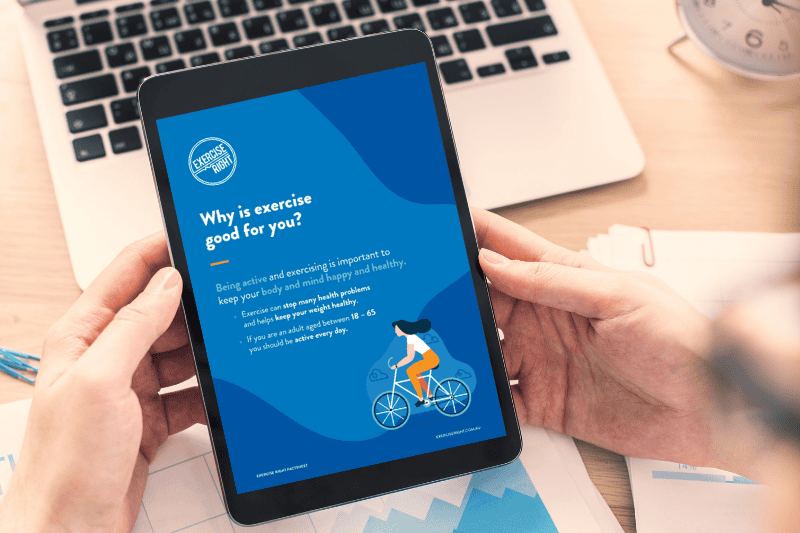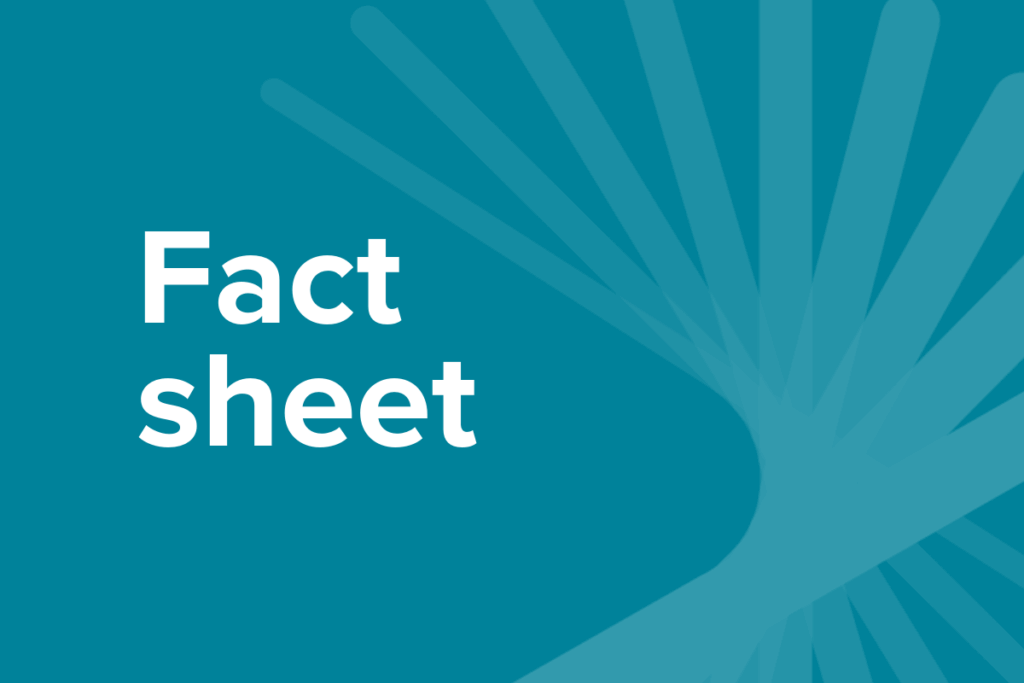Polycystic ovary syndrome (PCOS)
Polycystic ovary syndrome (PCOS) is a complex and common hormone condition affecting around 1 in 7 girls and women. Androgens and insulin are the two hormones responsible for the symptoms related to PCOS.
The known causes of PCOS include heredity and some environmental factors. A healthy diet and regular physical activity can improve the symptoms of PCOS. The signs and symptoms of PCOS vary between women and can occur at different life stages.
Home / Polycystic ovary syndrome (PCOS)

How does exercise help with PCOS?
Evidence shows that lifestyle changes, including regular physical activity and a healthy diet are the most effective ways to reduce the severity of PCOS symptoms. Exercise has many important benefits for women with PCOS including improved:
- Insulin action, reducing the risk of diabetes
- Weight gain prevention
- Emotional wellbeing
- Energy levels, motivation and self-confidence
- Period regularity
- Fertility
- Fitness, muscle endurance and strength
What type of exercise is best for PCOS?
Any exercise or activity that is enjoyable is recommended as this is likely to be more sustainable over time. To achieve the best results, exercise should include:
- Aerobic exercise – which helps improve heart health and metabolism
- Weight/resistance training – which helps to build muscle strength and tone
If you aren’t sure where to start, get help from an Accredited Exercise Physiologist (AEP).


How to include activity in your day
Try to be physically active or exercise on most, if not all, days of the week for 30 to 60 minutes by:
- Using every opportunity to walk whenever possible
- Taking the stairs instead of the elevator
- Parking further away
- Take up a sport or activity that you enjoy (swimming, team sports, hiking)
- Invite friends and family to participate in exercise/activities
Frequently asked questions
What is an Accredited Exercise Physiologist (AEP)?
An Accredited Exercise Physiologist (AEP) is an allied health professional that prescribes individualised exercise therapy to help people manage their chronic conditions, disabilities, long-term injuries and so much more. They are the most qualified professionals in Australia when it comes to the prescription safe and effective of exercise therapy.
Who should see an AEP?
Anyone who wants to move safely and improve their health can benefit. From chronic conditions to injury recovery, or simply wanting advice on how to exercise right, an exercise physiologist is the expert to see.
Is an AEP covered by Medicare or private health insurance?
Yes. As allied health professionals, exercise physiology services are recognised in government health funding including Medicare, National Disability Insurance Scheme (NDIS) and Department of Veteran’s Affairs (DVA), workers’ compensation and private health insurers. It’s important that you check with your provider as coverage can vary.
Where can I find an AEP?
Use recognised directories like Exercise & Sports Science Australia (ESSA), ask your GP or look for allied health clinics with AEP credentials.
You may also like

Benefits of Exercise for PCOS
September is PCOS awareness month so we’re taking the chance to shed some light on this condition that affects 8-13% of women, and how exercise can benefit PCOS. What is PCOS? Polycystic Ovarian Syndrome is a long-term health condition which involves multiple systems in the body including the endocrine, metabolic and reproductive systems. It’s often […]

PCOS and Weight Loss
Polycystic ovary syndrome (PCOS) affects between 12-18% of women, it is a reproductive-age endocrine disease characterized by insulin resistance, low-grade inflammatory status and chronic anovulation. So what does the research say about PCOS, exercise, and weight loss? To be honest – there isn’t much research into the specific kind of exercise that is beneficial for […]

